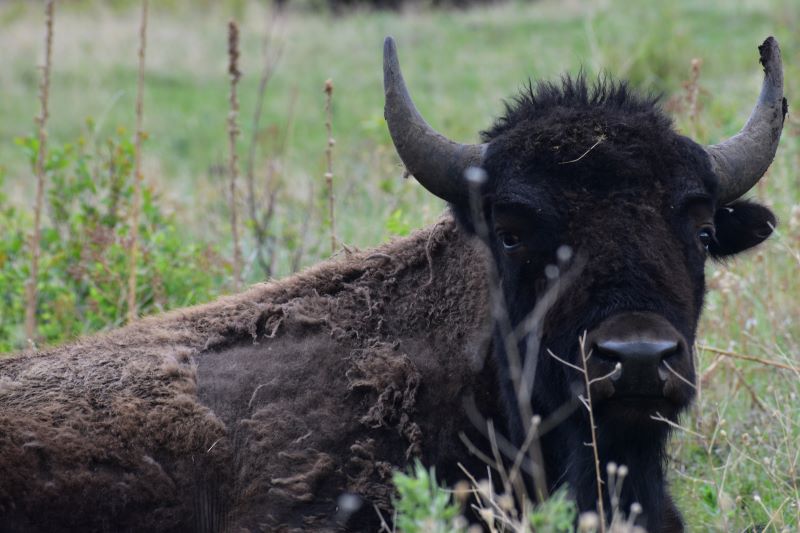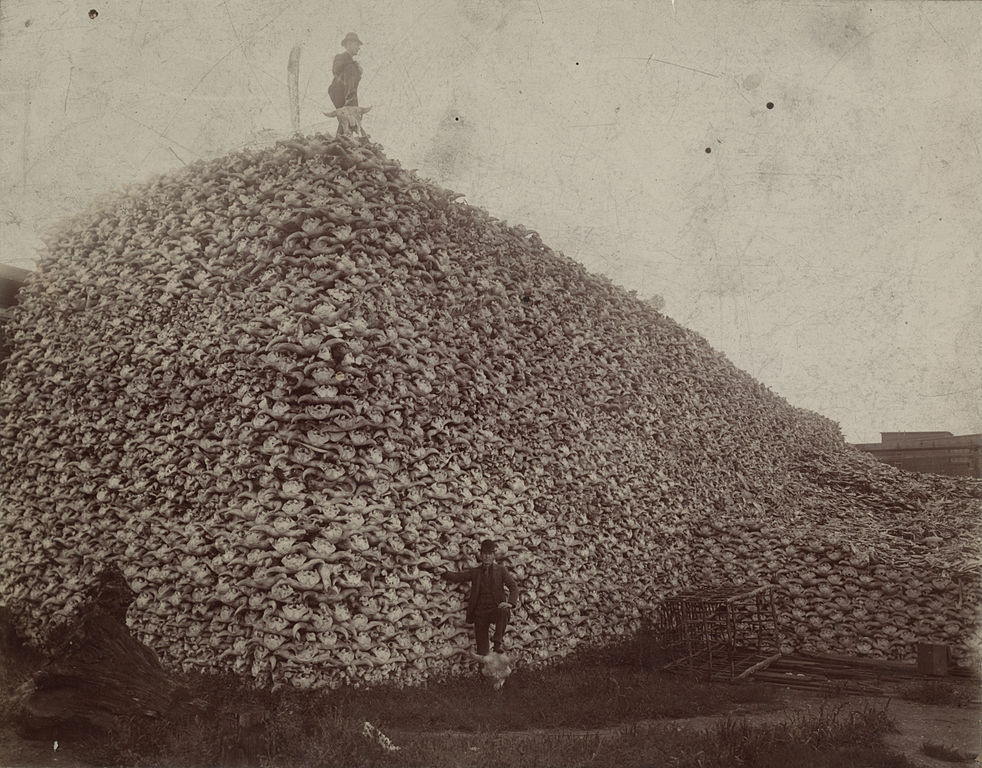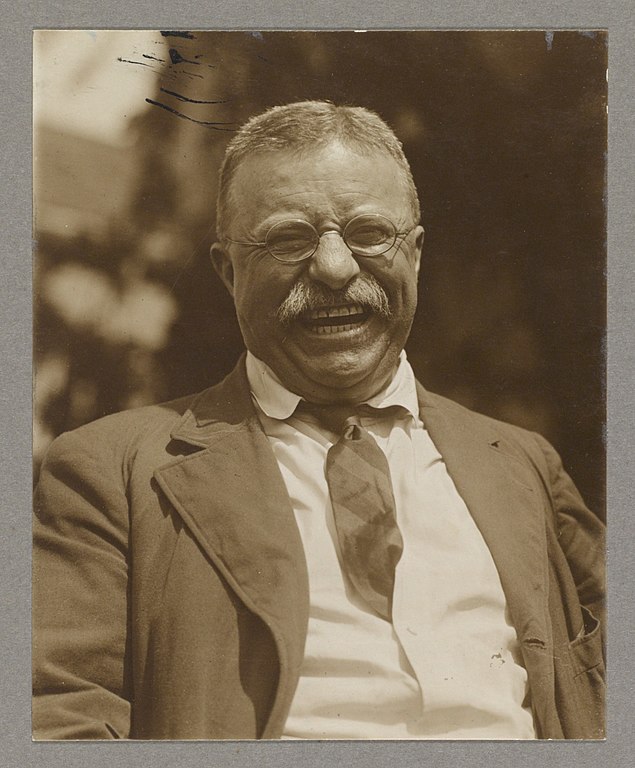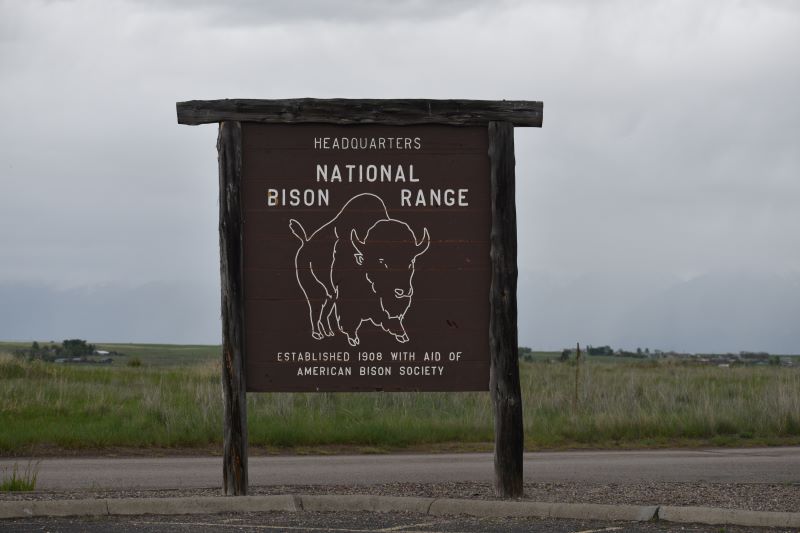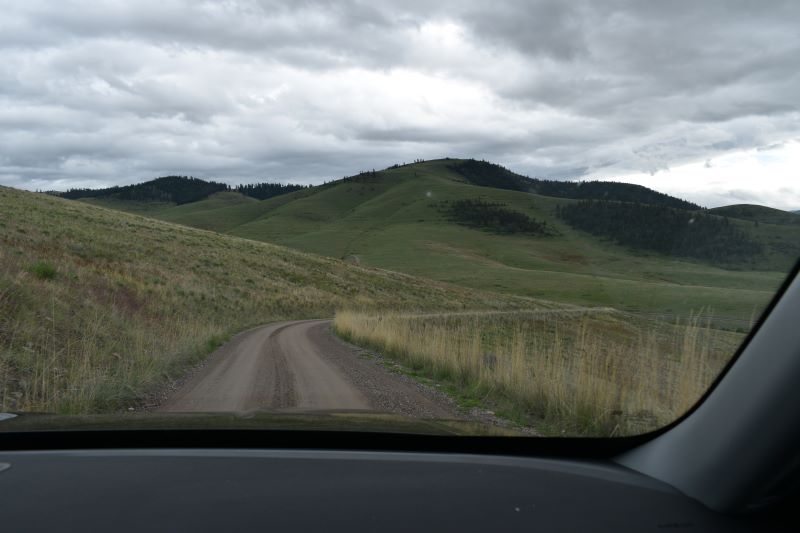The National Bison Range in Montana was established by Theodore Roosevelt, one of our most conservation-focused Presidents. He designated nearly 19,000 acres of land in 1908 for the sole purpose of wildlife conservation. Local Indigenous people known as the Confederated Salish and Koontenai Tribes (CSKT) had lobbied for the creation of a bison refuge since before Montana was even a state. They were concerned about the decimation of the natural bison population from overhunting and other factors.
Their desire for the US government to establish a refuge was fulfilled. Unfortunately, it was created within the boundaries of the CSKT Reservation and managed by the US Fish & Wildlife Service, not the CSKT. The Reservation had been established as part of the 1855 Hellgate Treaty, but the National Bison Refuge was carved out without the Tribe’s consent.
The government did pay for the land. This was the first time Federal money was spent to purchase land solely for the purpose of wildlife conservation – but that had to be little consolation to a people who had a long history of their land being expropriated and confiscated. This story does have a happy ending, however. In 2020 the land was finally transferred back to the CSKT in fulfillment of the 1855 treaty.
As of May 2021, the CSKT are in the process of completing the handover from the US Fish & Wildlife Service. The CSKT are committed to continuing to operate the facility and may look to expand it. The visitor center is being updated and the signage and documentation changed to remove “National” from the name.
Getting There
Bison Range Location: 58355 Bison Range Rd, Charlo, MT 59824 – between Kalispell & Missoula
Transport: You’ll have to drive yourself there. Once on site it is a self-guided scenic tour, so a car is necessary.
History of Bison in North America
At one point in time, bison could be found across North America; from Alaska, through Canada, down to Mexico and as far east as Florida! Population size is difficult to know, but estimates for the population prior to the arrival of white settlers is anywhere from 30 million bison to three times that number!
For many Indigenous groups in the West, the bison was a significant part of their lives for food, building materials, clothing, tools and more. Bison were hunted for thousands of years on foot, and a few hundred succumbed to the hunt each year during the pre- and early post-Columbian era.
Bison Numbers Decline
By the 19th century, White settlers moving west were anxious to clear the land and settle it for themselves. They also brought their horses and firearms, which meant more bison could be killed at every hunt. It also meant young, healthy animals could be targeted more easily than before, which hurt the ability for the bison population to rebound. The lucrative fur, hide and specialty products trade also made bison goods a hot commodity.
Steamboats and trains opened access to the West, making it even easier to get goods back to the East for sale. In addition, in the 1860’s and 70’s, the US government encouraged bison hunting to purposefully decimate the population and drive starving Indigenous people onto Reservations. All of this adds up to a very sad story for the bison population.
Early Bison Conservation Efforts: the Pablo-Allard Herd
With bison numbers rapidly declining, some groups did try to prevent extinction of the species. The world’s bison population of today is descended from one of the handful of herds that were captured in the late 1800’s.
One of the most famous herds is known as the Pablo-Allard Herd. This herd was established when a Kalispel man sold the 13 wild bison he had captured to two ranchers: Charles Allard & Michel Pablo. Allard and Pablo bought bison from several herds, which meant it was very genetically diverse. This diversity has helped maintain the species, which numbered less than 1,000 by 1890.
Establishing the National Bison Range in Montana
Theodore Roosevelt felt so strongly about preserving the bison, he mentioned it in two of his State of the Union Addresses!
He first brought it up in 1903: “I desire again to urge upon the Congress the importance of authorizing the President to set aside certain portions of these reserves or other public lands as game refuges for the preservation of the bison…” and again in 1905: “Such a herd as that on the Flat-head Reservation should not be allowed to go out of existence.”
In 1908 he was able to establish the National Bison Range. Bison for the site were purchased from a rancher who had bought his stock from the original Pablo-Allard Herd.
Plan Your Visit to the Bison Range in Montana
180,000 people visit the Bison Range every year. There is a small visitor center with information and bathroom facilities. We drove down from Kalispell, MT. It took us just under 2 hours and it’s a very scenic drive. Much of the drive is along the shore of the incredibly long and beautiful Flathead Lake. There are a handful of towns along the way for gas or food.
The main draw of the park are the two roads within the park which make for a very scenic drive around the site. There are several places to pull over and step out for a hike (only at marked trails) or to take photos of the various animals.
Scenic Drives of the Bison Range, Montana
Prairie Drive is a 7-mile road along the north edge of the Range which is open year-round. It is not a loop, so you will need to turn around at the end and go back.
The longer, and (during our trip) more scenic road is the Red Sleep Mountain Drive. Red Sleep Mountain Drive opened to the public in 1966 and is a one-way road that winds through the southern half of the park and meets up with Prairie Drive in the east.
Red Sleep Mountain Drive is not open in the winter (you do climb quite a bit of elevation), so check the road status before you go if you want to do the whole drive. As long as it is open, the two roads combine to a 19 mile loop that will take you about 2 hours.
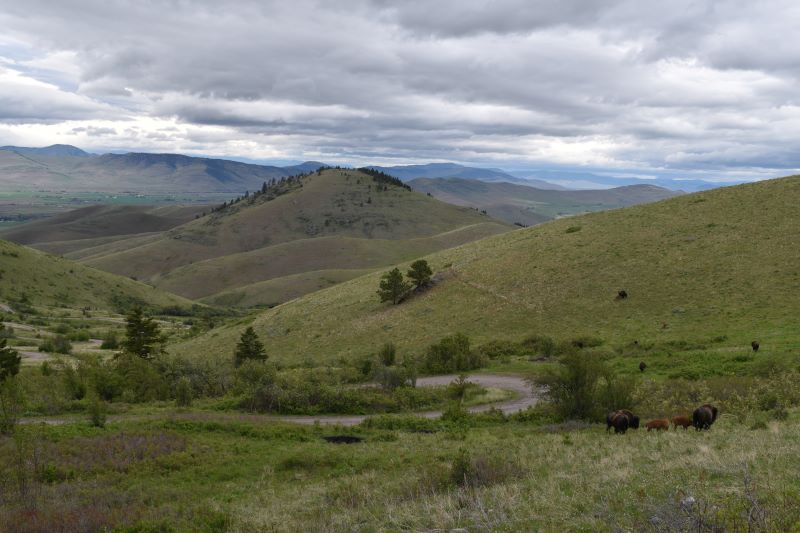
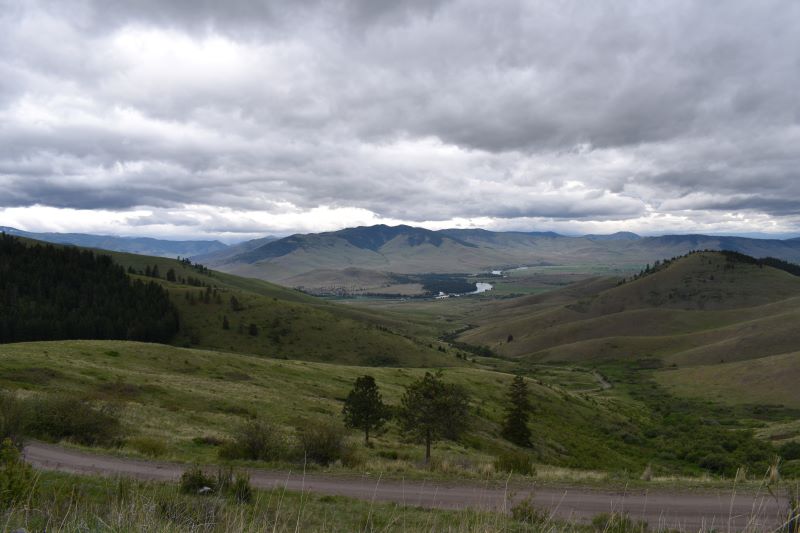
The herd today is kept around 350 animals, which is determined mostly by the boundaries of the park. Bison require a large amount of land to be sustained, and too many animals in a limited space will have negative effects. The CSKT are looking at the option to expand the size of the site, which would allow for the herd to grow.
Along the way there are pull-out spots to let cars behind you pass or to stop for photos. We saw a LOT of bison when we visited at the end of May. It was cloudy and cool, so that likely helped! There were many calves at this time of year. They all had a more reddish-brown coat.
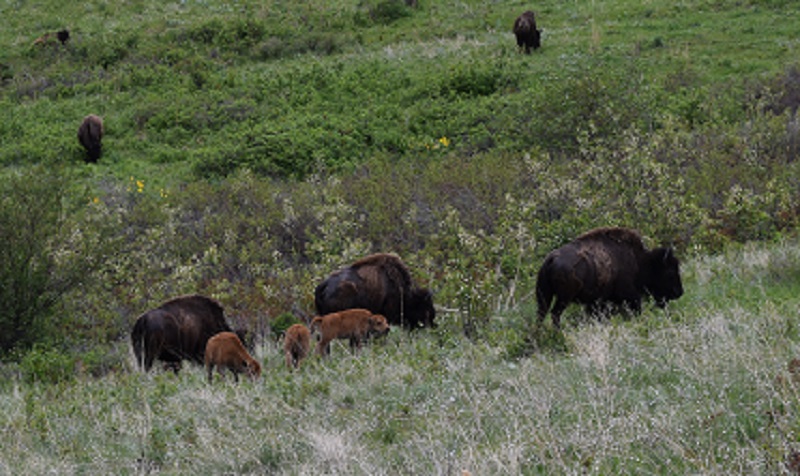
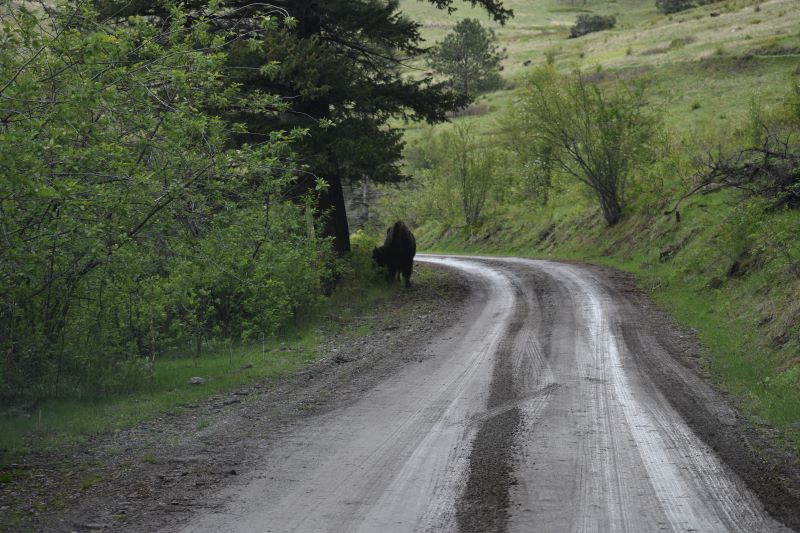
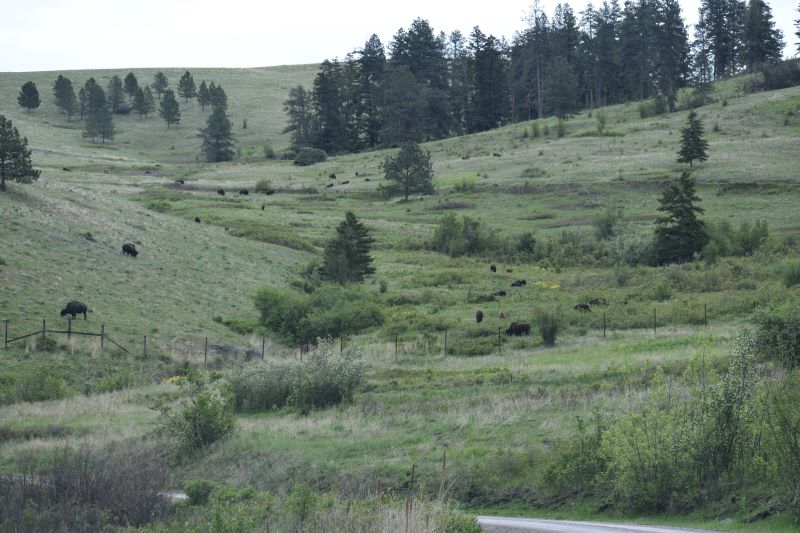
Hiking at the Bison Range
There are 3 miles of trails at the Range. We only hiked one – the short and very manageable one at the top of Red Sleep Mountain.
Use caution while hiking; not only are there bison around, but one of the other visitors we met had seen a bear and her cub cross the road just a few minutes before we arrived!
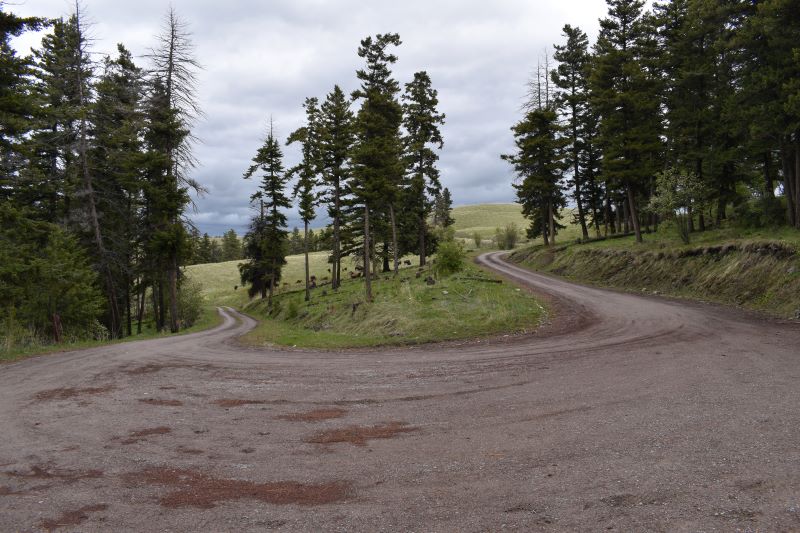
The Best View in the Park!
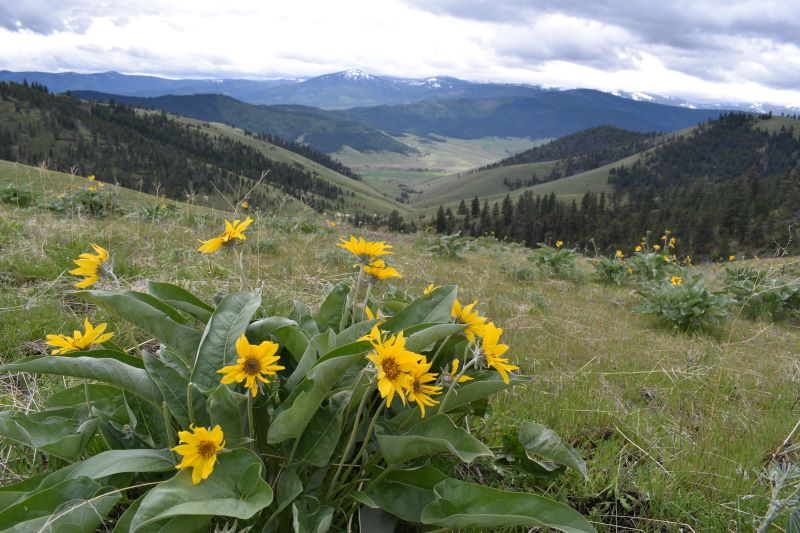
Three geographic features converge at Bison Range: Mission Valley, Mission Mountain Range & Jocko River Valley.
Glacial activity thousands of years ago carved out this beautiful landscape.
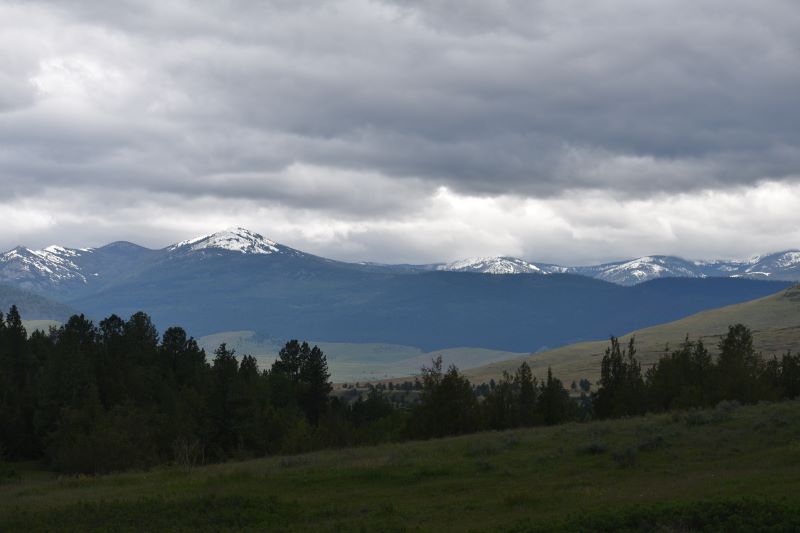
More than Bison!
The bison are easy to spot, but be sure to watch for other animals. Deer, elk, pronghorn antelope, bear, bighorn sheep and several bird species can be seen. There was even a mountain lion sighting recently before our visit!
We didn’t see any sheep, elk or bears but we did see deer and pronghorn. They can be hard to spot, so it might help to park your car for a minute and sit in silence to see what shows itself! More than once we waited long enough to see a tiny head pop up out of the long grass while we waited, especially along the Prairie Drive section.
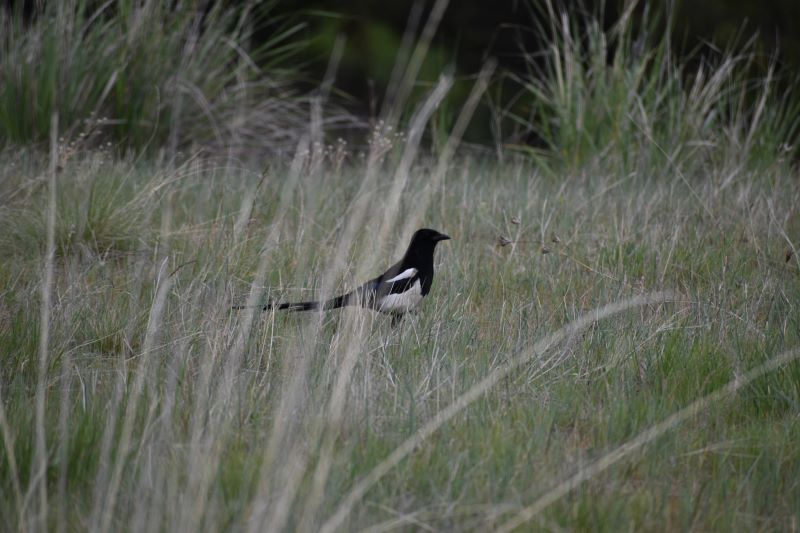
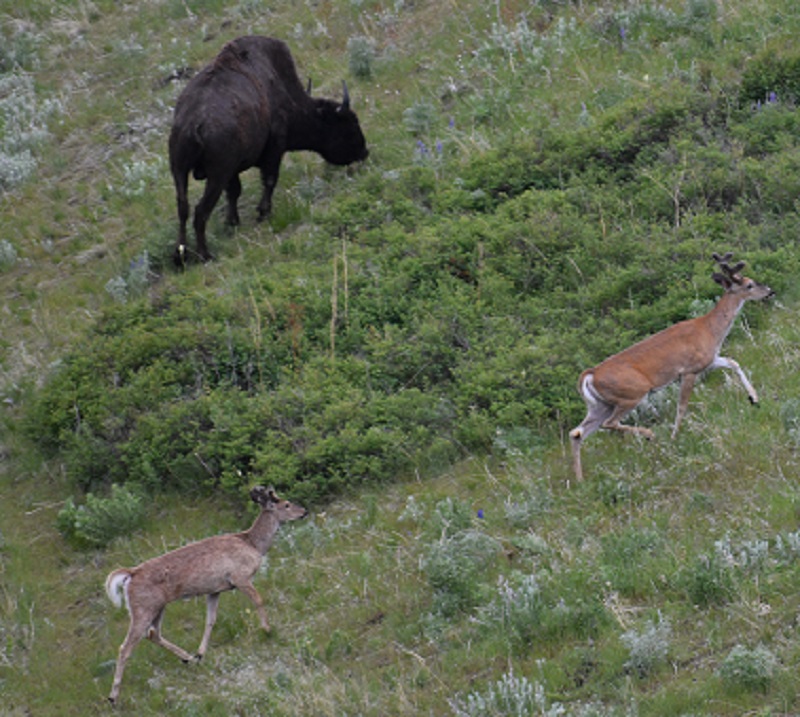
Bonus Drive: West Loop
Leaving the Visitor’s Center you’ll first come to the “West Loop”, a small loop drive that doesn’t look that special. We skipped it at first, anxious to get into the main part of the reserve and see the bison.
Once we completed the loop, you have another chance to drive the West Loop, so we decided to do it after all. I’m so glad we did! We almost missed him because he blends in so well – but there was a coyote!
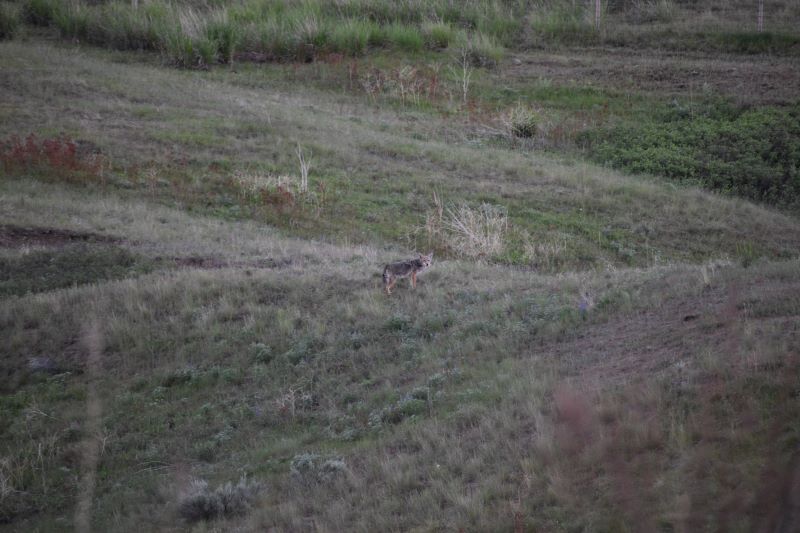
The CSKT Reservation covers 1.3 million acres and I’m so glad the Tribe has decided to continue running the conservation plan. It is a beautiful place to visit and a very pleasant drive.
We had a Ford Explorer, but we never needed the 4 wheel drive, even though it had been raining a bit. The woman at the visitor center says they do recommend it for the drive, which is not paved. It is a gravel road but it’s pretty smooth and not very muddy. There is a steep 10% grade on the way back down the mountain, so be sure to use your low gears and go easy on the brake.
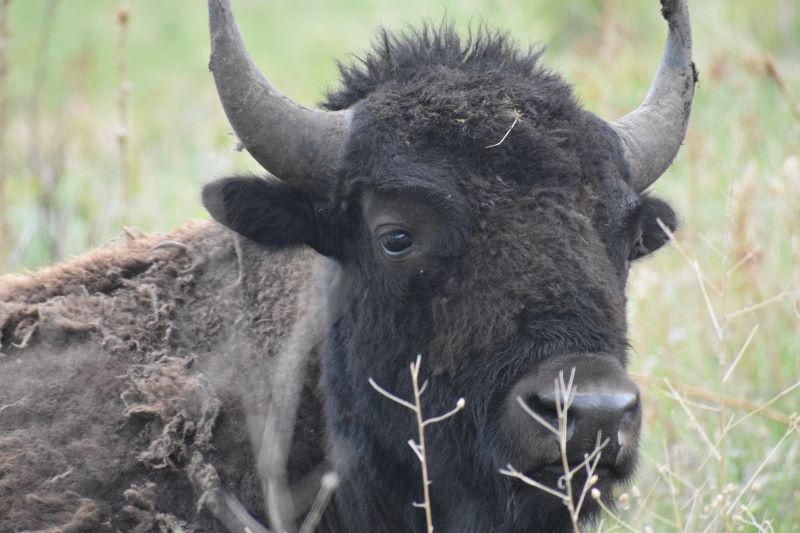
Inspired to visit the Bison Range in Montana? Fill up your gas tank in advance & pack snacks – there are none of these facilities on site. There is a plumbed bathroom in the visitor’s center and an outdoor toilet at the summit of Red Sleep Mountain. Bring your camera with a good zoom lens; you want to admire these beauties from a safe distance!
Post Sources:
[bg_collapse view=”link” color=”#4a4949″ icon=”arrow” expand_text=”Show More” collapse_text=”Show Less” ]
Daily Inter Lake newspaper. “Back under tribal control, Bison Range offers views of iconic animals.” May 23, 2021. Accessed 6 June 2021.
US Fish & Wildlife Service Comprehensive Conservation Plan, National Bison Range. December 2019. Accessed 6 June 2021.
Smithsonian Institution National Zoo. American Bison. Accessed 7 June 2021.
Parks Canada website. “Like Distant Thunder: Canada’s Bison Conservation Story.” by Lauren Markewicz. Accessed 7 June 2021.
The Project Gutenberg EBook of State of the Union Addresses of Theodore
Roosevelt, by Theodore Roosevelt. Accessed 7 June 2021.
[/bg_collapse]

